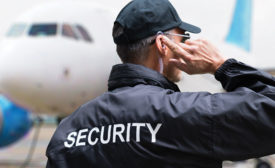Articles by Fred Burton
Integrated Solutions
Fighting ORC is possible, but without a holistic view and fully resourced corporate security teams and law enforcement partners, it can be an uphill battle.
Read More
Get our new eMagazine delivered to your inbox every month.
Stay in the know on the latest enterprise risk and security industry trends.
SUBSCRIBE TODAY!Copyright ©2024. All Rights Reserved BNP Media.
Design, CMS, Hosting & Web Development :: ePublishing






